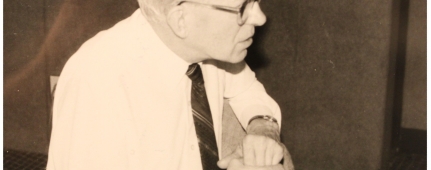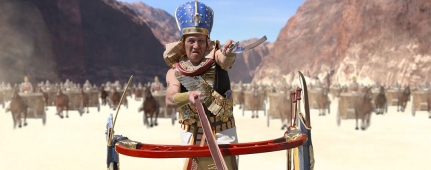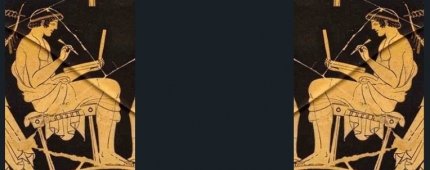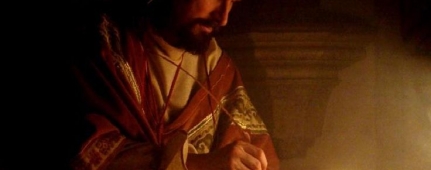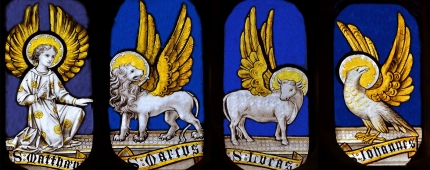Leviticus 16:6–22—Why did God set up the procedure of the scapegoat, and what does it represent?
Problem: Leviticus 16 sets up the procedure for the Day of Atonement of killing one goat as a sin offering to make atonement for the Holy Place, and then confessing the sins of Israel upon the head of another goat and sending it away into the wilderness. However, this does not present a unified picture, for there is only one sacrifice for our sins, not two (Heb. 10:14).
Solution: The procedure relating to the scapegoat does not present a confused or disunited picture of redemption. Each animal referred to in the description of the procedures to be taken on the Day of Atonement represents some aspect of the work of Christ in making a once for all atonement for our sins. The first goat was killed and his blood was shed (Lev. 16:15), representing the substitutionary death of Christ and the shedding of His blood for our sins. The High Priest was then to take the scapegoat, to confess the sins of Israel upon the head of the goat, and to send it out into the wilderness. This represented the carrying away of Israel’s sins and symbolizes the work of Christ in bearing away our sins. As Isaiah 53:6 prophesied, “And the Lord has laid on Him the iniquity of us all.” The various aspects of the work of Christ in redemption are symbolized by the different parts which the different animals played on the Day of Atonement.
See All Problems
This excerpt is from When Critics Ask: A Popular Handbook on Bible Difficulties (Wheaton, Ill.: Victor Books, 1992). © 2014 Norman Geisler and Thomas Howe. All rights reserved. Used by permission. Click here to purchase this book.



